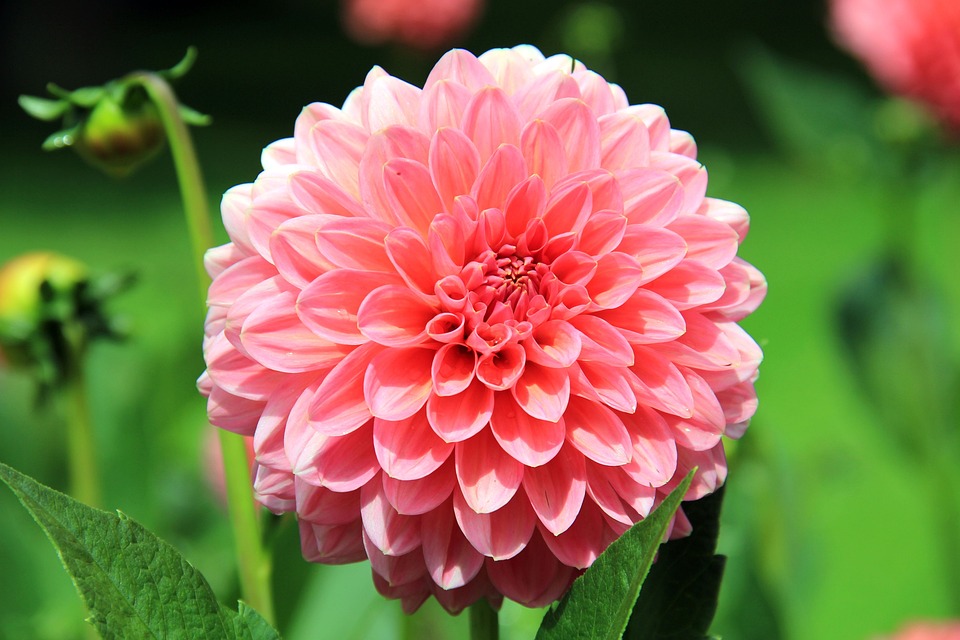Have you ever noticed how quickly plants seem to multiply in the wild? One minute you have one small plant, and the next thing you know, there are dozens of offspring sprouting up all around it. It’s a natural and beautiful process that we can actually replicate in our own homes and gardens with a little know-how and some patience.
Propagation is the act of creating new plants from existing ones, and it’s a fantastic way to expand your garden or share your love of plants with friends and family. Not only is it a fun and rewarding hobby, but it’s also a budget-friendly way to fill your home with greenery.
One of the easiest and most popular methods of plant propagation is through stem cuttings. This involves taking a cutting from a healthy, mature plant and encouraging it to grow roots and become a new plant. It’s a relatively simple process that, with a little practice, can be done successfully with a wide variety of plants.
To get started, you’ll need a clean pair of sharp scissors or pruning shears, a small pot filled with potting mix or soil, and a glass or jar of water. Choose a healthy, disease-free plant to take your cutting from, and make sure to cut below a node (where a leaf meets the stem) to ensure new roots will form. Dip the cut end of the stem in rooting hormone (available at most garden centers) to encourage root growth, and then plant it in the potting mix or place it in the water.
It’s important to keep your cutting in a warm, humid environment to encourage root development. You can cover the pot with a plastic bag or create a mini greenhouse by placing a clear plastic bottle over the cutting. Make sure to keep the soil or water moist, but not waterlogged, and be patient – it can take several weeks for roots to form. Once your cutting has established roots, you can transplant it into a larger pot and watch it grow into a healthy, mature plant.
Another popular method of plant propagation is through division, which involves splitting an existing plant into multiple parts and replanting them to create new plants. This is a great way to propagate plants that grow in clumps or clusters, such as ornamental grasses, hostas, or daylilies.
To divide a plant, carefully dig it up and gently separate the roots into smaller sections using a clean knife or gardening tool. Each division should have its own set of roots and shoots to ensure it will grow into a healthy plant. Replant the divisions in pots or directly into the garden, making sure to water them well and keep them in a shaded area until they establish themselves.
Propagation can also be done through leaf cuttings, where a leaf or part of a leaf is removed from a plant and encouraged to grow roots. This method works well for plants like succulents, African violets, and begonias, which can easily grow new plants from a single leaf.
To propagate a plant from a leaf cutting, simply cut a healthy leaf from the plant and place it in a pot filled with moist potting mix. Make sure to bury the end of the leaf where it was attached to the stem to encourage root growth. Keep the soil moist and provide the cutting with bright, indirect light to help it establish roots. With some patience and care, a new plant will begin to grow from the base of the leaf, and you can eventually transplant it into its own pot.
In addition to these common methods, there are also more specialized forms of propagation, such as air layering, grafting, and tissue culture, which can be used to propagate specific plants or create hybrids. While these techniques may be more advanced and require specialized equipment or knowledge, they offer exciting opportunities for plant enthusiasts to experiment and create new varieties.
Propagation is a fantastic way to connect with nature, learn about plant biology, and expand your garden without breaking the bank. Whether you’re a seasoned gardener or just starting out, there’s a propagation method that’s right for you. So why not give it a try and watch your plants multiply before your eyes? Who knows, you may just discover a new passion for propagating plants and sharing the joy of gardening with others.






